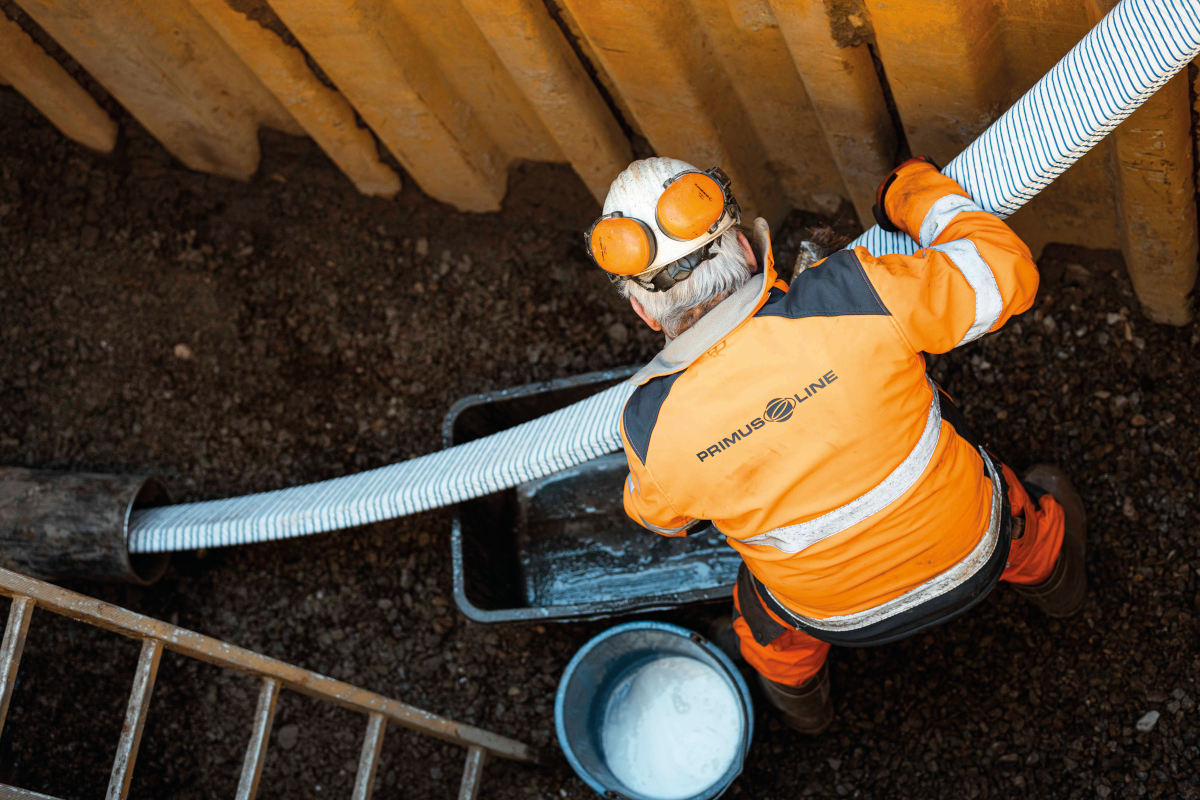EPA Survey Shows $384 Billion Needed for Drinking Water Infrastructure by 2030
The U.S. Environmental ProtectionAgency (EPA) has released results of a survey showing that $384 billion inimprovements are needed for the nation’s drinking water infrastructure through2030 for systems to continue providing safe drinking water to 297 millionAmericans.
EPA’s fifth Drinking WaterInfrastructure Needs Survey and Assessment identifies investments needed overthe next 20 years for thousands of miles of pipes and thousands of treatmentplants, storage tanks and water distribution systems, which are all vital topublic health and the economy. The national total of $384 billion includes theneeds of 73,400 water systems across the country, as well as American Indianand Alaska Native Village water systems.
“A safe and adequate supply ofdrinking water in our homes, schools and businesses is essential to the healthand prosperity of every American,” said EPA Acting Administrator BobPerciasepe. “The survey EPA released today shows that the nation’s watersystems have entered a rehabilitation and replacement era in which much of theexisting infrastructure has reached or is approaching the end of its usefullife. This is a major issue that must be addressed so that American familiescontinue to have the access they need to clean and healthy water sources.”
The survey, required under the SafeDrinking Water Act to be submitted to Congress every four years by EPA, wasdeveloped in consultation with all 50 states and the Navajo Nation. The surveylooked at the funding and operational needs of more than 3,000 public drinkingwater systems across the United States, including those in Tribal communities,through an extensive questionnaire. In many cases, drinking waterinfrastructure was reported to be 50 to 100 years old.
The assessment shows thatimprovements are primarily needed in:
· Distribution and transmission: $247.5 billion toreplace or refurbish aging or deteriorating lines
· Treatment: $72.5 billion to construct, expand orrehabilitate infrastructure to reduce contamination
· Storage: $39.5 billion to construct,rehabilitate or cover finished water storage reservoirs
· Source: $20.5 billion to construct orrehabilitate intake structures, wells and spring collectors
EPA allocates Drinking Water StateRevolving Fund grants to states based on the finding of the assessment. Thesefunds help states to provide low-cost financing to public water systems forinfrastructure improvements necessary to protect public health and comply withdrinking water regulations.
Since its inception in 1997, theDrinking Water State Revolving Fund has provided close to $15 billion in grantsto all 50 states and Puerto Rico to improve drinking water treatment,transmission and distribution. The Drinking Water State Revolving Fund programhas also provided more than $5.5 billion to protect drinking water indisadvantaged communities.
EPA is committed to utilizing thetools provided under the Safe Drinking Water Act to assist states and to bettertarget resources and technical assistance toward managing the nation’s drinkingwater infrastructure. In addition to Drinking Water State Revolving Fundgrants, EPA awarded nearly $15 million in funding in 2012 to provide trainingand technical assistance to small drinking and wastewater systems – thoseserving fewer than 10,000 people – and to private well owners to improve smallsystem operations and management practices and to promote sustainability. EPAalso works with states, municipalities and water utilities to strengthen theresiliency of drinking water systems against the potential impacts of severeweather events and climate change.
For more information visit https://water.epa.gov/grants_funding/dwsrf/index.cfm.




